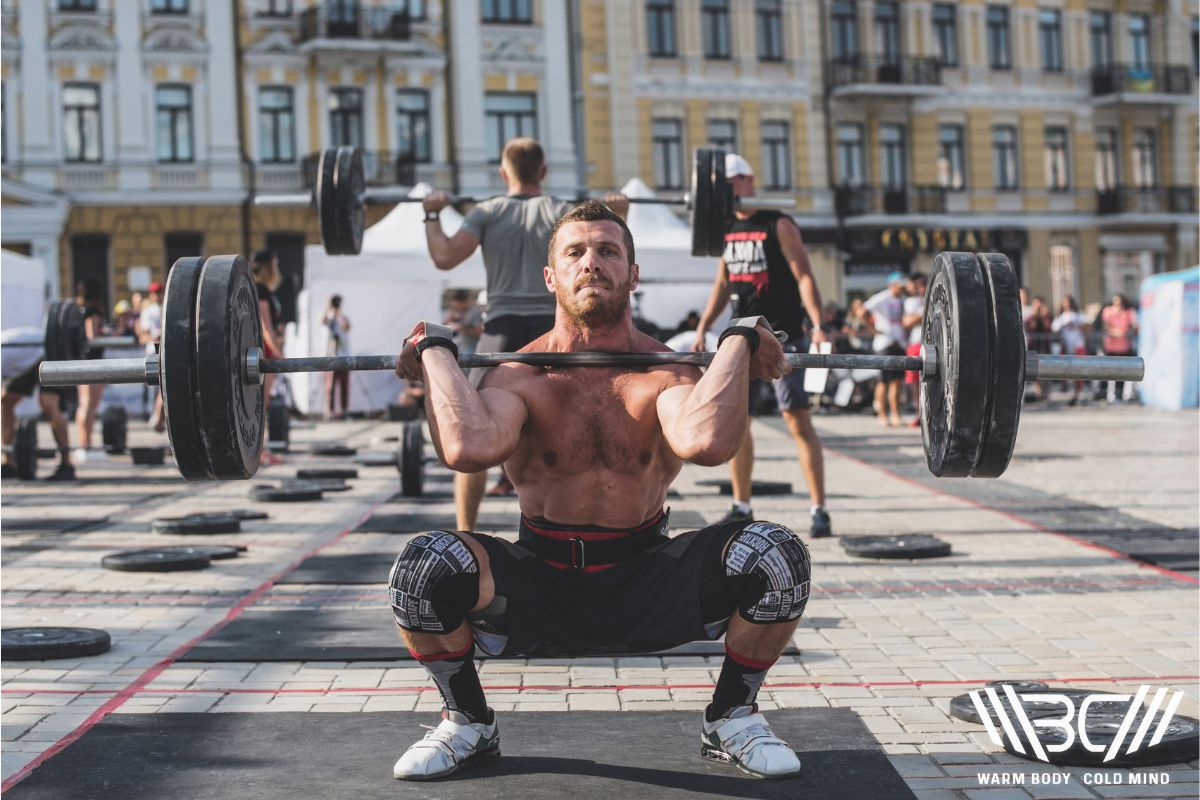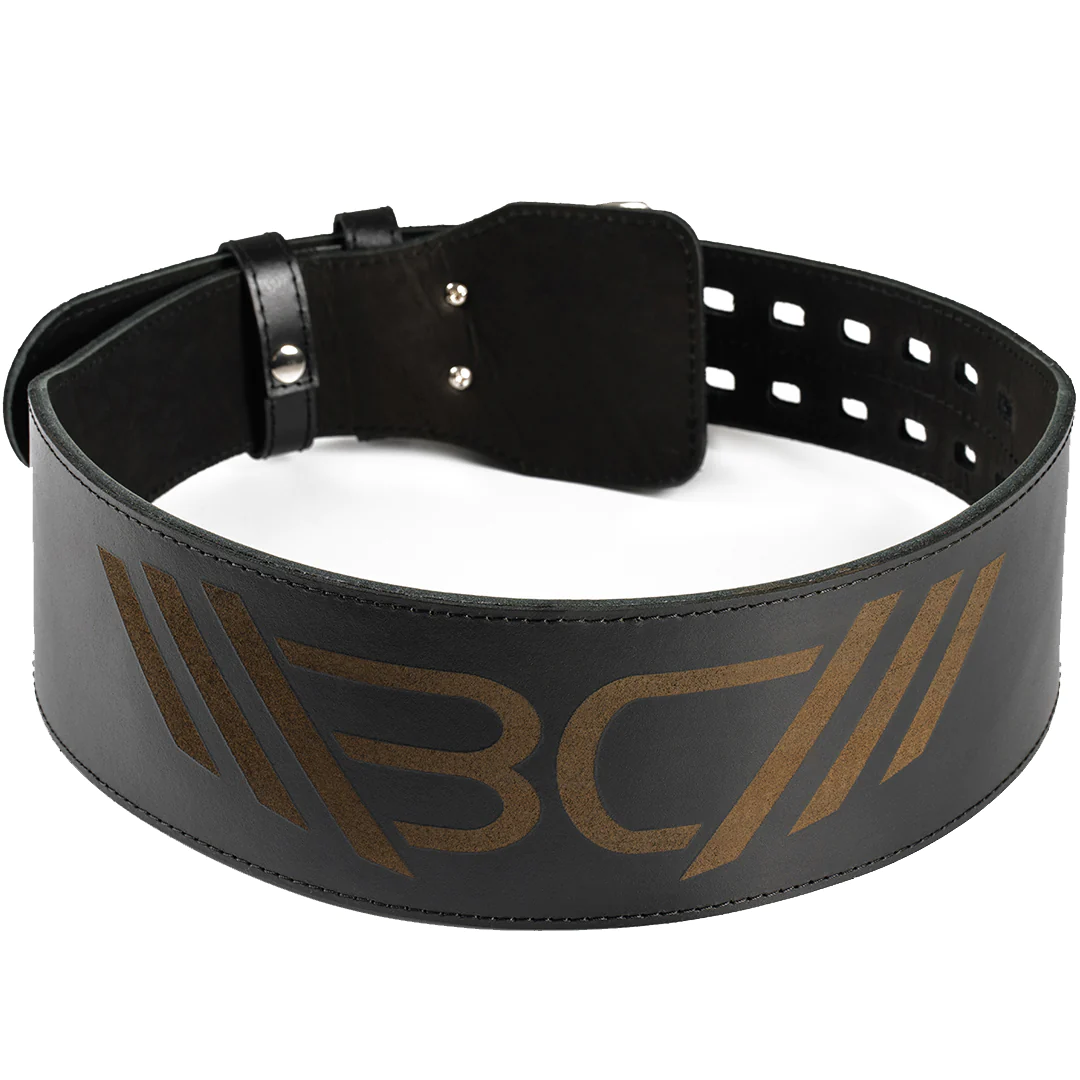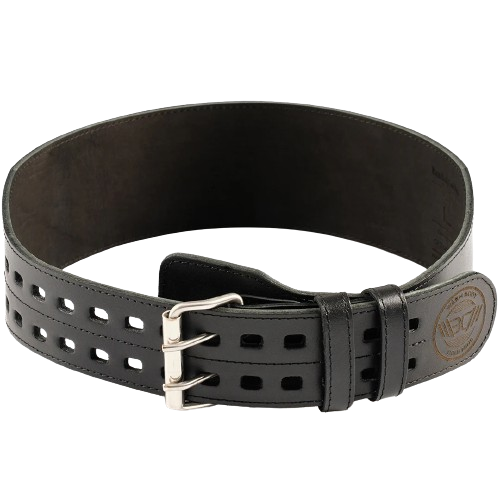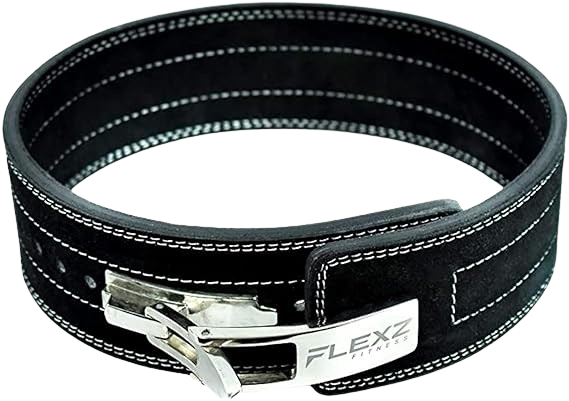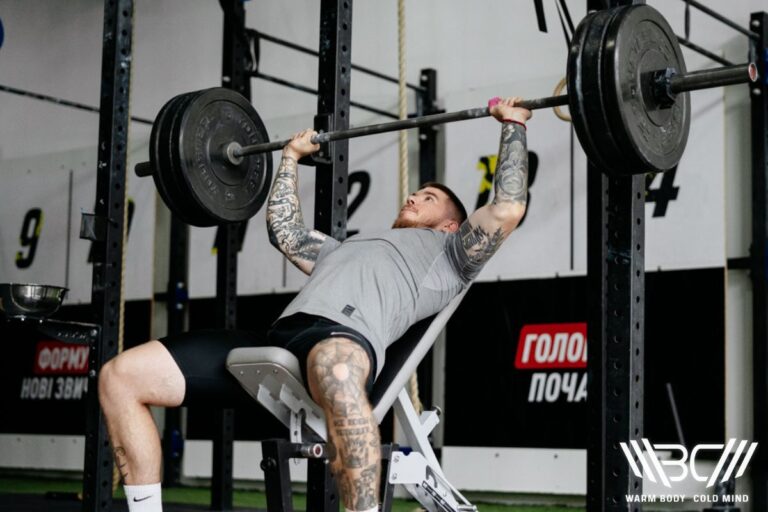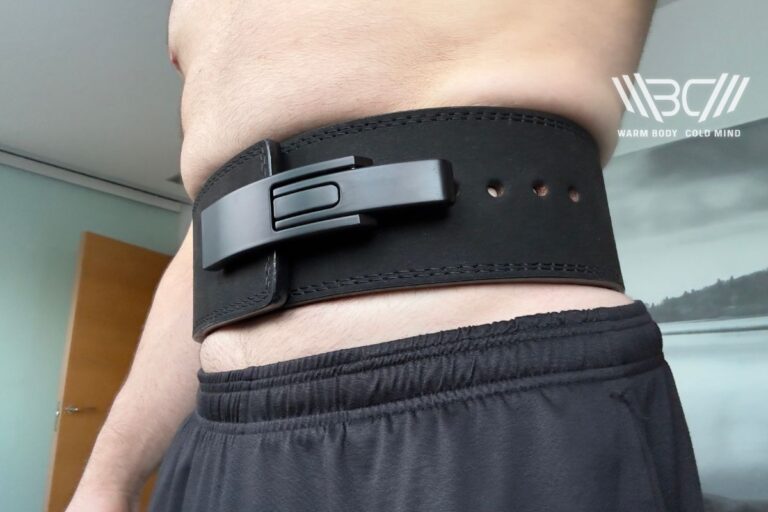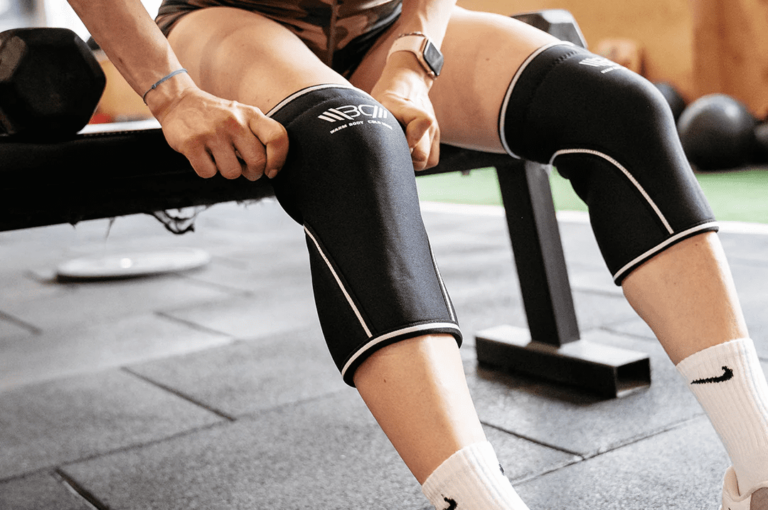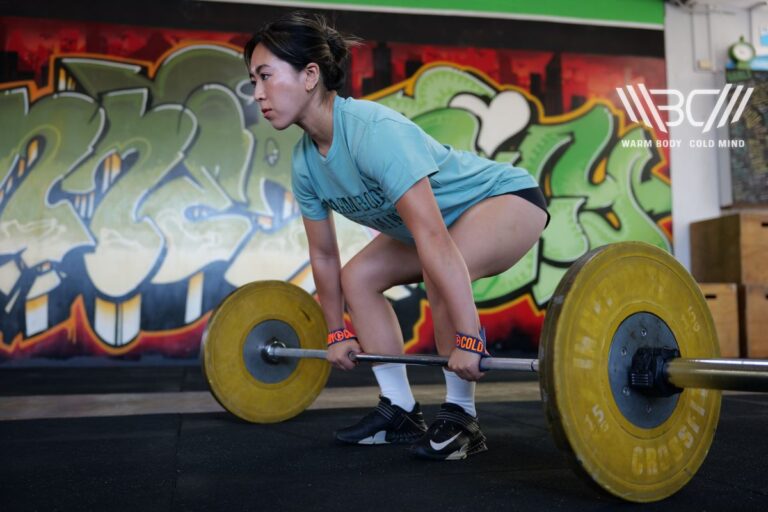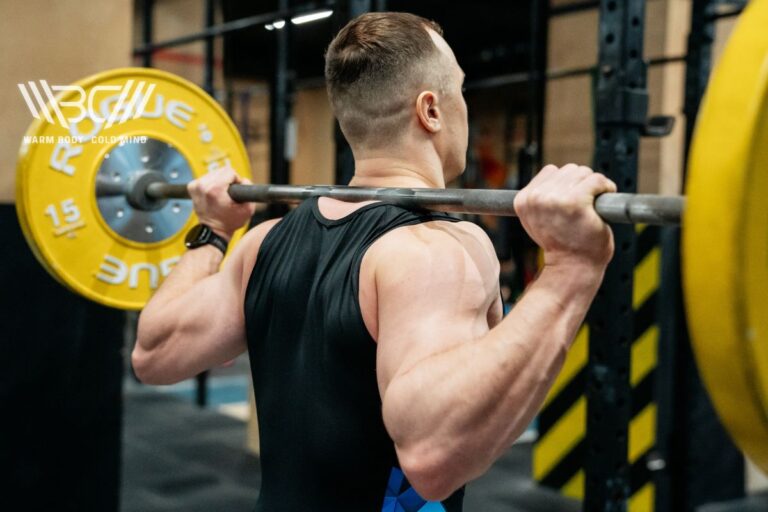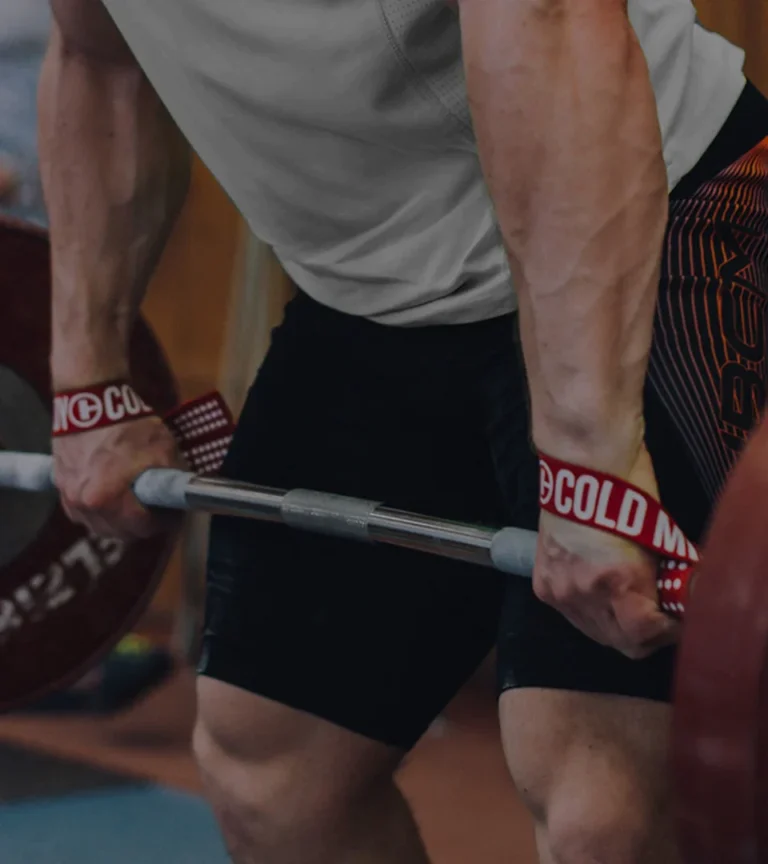Powerlifting vs Weightlifting Belt: Which One to Pick?
You’ll find belts in every lifter’s PR-smashing repertoire, and why not? They’re a proven instrument to boost the success and safety of lifting routines. If you’re also planning to get one, understand the difference between a powerlifting belt vs weightlifting belt. These two types are generally distinguished by the extent of support and mobility on offer, making them suitable for different purposes and exercises. Let’s get into it!
Powerlifting belt vs Weightlifting belt: What’s the difference? – The difference between weightlifting and powerlifting belts comes down to the stiffness and sizing. Leather-made powerlifting belts are 4” wide, ideal for squats, benches, and deadlifts. Weightlifting belts use flexible and thin materials with a tapered front for dynamic Olympic lifts.
Powerlifting Belt vs Weightlifting Belt: An Overview
Buckling up cues you to engage your core muscles throughout the movement. It wards off lower back injuries and helps you lift heavy. The increase in intra-abdominal pressure and spinal stability is the defining feature of any lifting belt. However, each model has a different level of support and build quality.
Powerlifting belts are made with thick, stiff materials. Olympic weightlifting belts are more flexible, in comparison. They go with your dynamic and cross-training movements. Although you’ll get more support with powerlifting-centered belts, they can restrict the range of motion.
That’s why you put on those bad boys for max-effort squats, deadlifts, and similar compound exercises. In the end, your training goals dictate whether to go for a weightlifting belt or powerlifting belt.
| Feature | Weightlifting Belt | Powerlifting Belt |
| Construction | Thin and tapered | Stiff and straight |
| Benefits | Provide a mix of support, stability, and flexibility | Provide maximum support for 1RM attempts |
| Exercises | Olympic lifts: snatches, clean-and-jerks, etc. | Compound exercises: squats, deadlifts, bench presses, etc. |
| Major Governing Bodies | International Weightlifting Federation (IWF), USA Weightlifting (USAW) | International Powerlifting Federation (IPF), USA Powerlifting (USAPL) |
Powerlifting Belt vs Weightlifting Belt: 9 Main Differences
Following is the list of stark differences between weightlifting and powerlifting belts. Before choosing any gym gear, you must corroborate your needs and aims with product features.
Note that individual samples may have a blend of characteristics since manufacturers aren’t shy of going out of the box. For example, velcro straps have been a classical identifier of flexible belts, but nowadays, metallic buckles are all the rage.
1. Material
Powerlifting belts are made of thick leather to accommodate maximum trunk rigidity and stability. Initially, you have to wrap them around with force. Weightlifting belts are almost always made of thinner and more flexible vinyl. Even leather variants tend to be visibly slimmer.
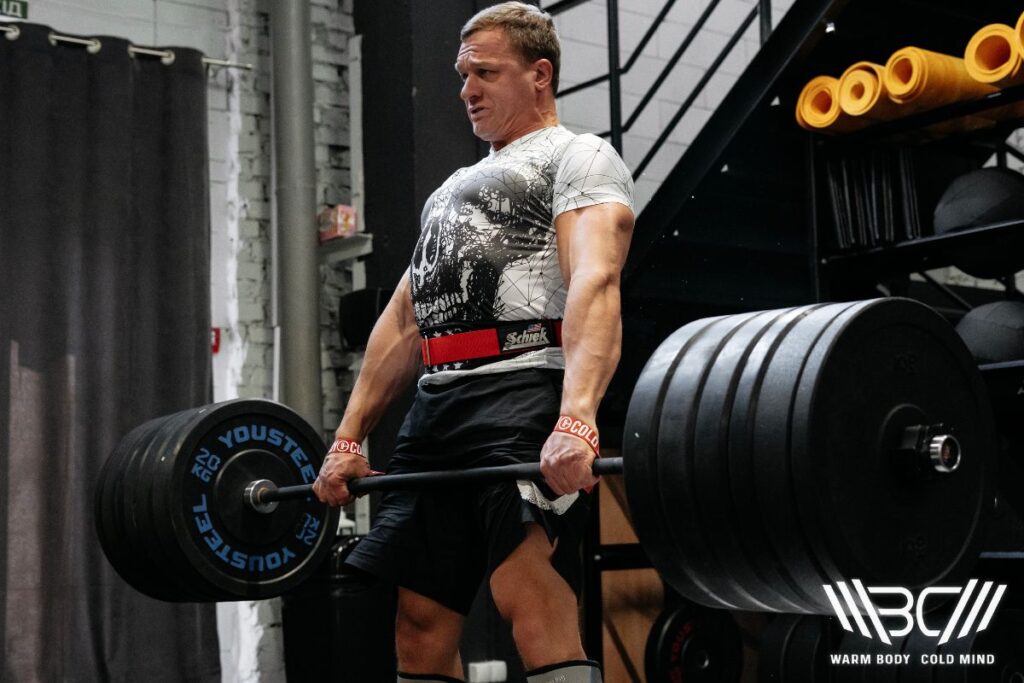
2. Design
A weightlifting belt is tapered. It sits wide in the back, narrowing down in the front. It avoids digging into ribs or hips, sacrificing little support. But heavy lifting requires all you can gather to maintain the abdominal brace. Therefore, powerlifters select straight-cut designs with all-around uniform width.
3. Size
Generally, belts are 4-6 inches wide and 6-13 mm thick. However, competition rules vary with the governing federation. Weightlifting belts can be slightly wider due to IWF’s relaxed specifications. They’re allowed a width of 4.75 inches, whereas powerlifting belts can’t exceed the 4-inch mark.

Enhance your strength training with Warm Body Cold Mind leather weightlifting belt providing exceptional support and durability.
4. Closure Type
The closing mechanisms diverge when it comes to powerlifting belt vs weightlifting belt. The former has a rugged buckle, either prong or lever. Weightlifters go with a flatter and quick-locking velcro system. It provides good enough security without risking obstruction when jerking the bar overhead.
5. Adjustability
The ease of adjustment is the result of the closing mechanism. Velcro tabs and prong buckles are swift and steady. You can adjust the tightness in between sets. Lever buckles are clamped with screws. They’re powerlifters’ favorite, the most secure but least adjustable option!
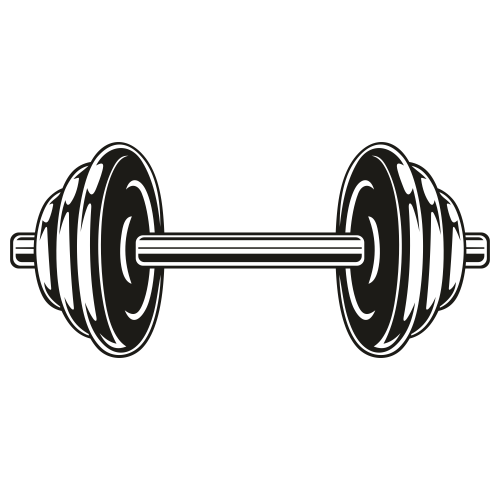
Pro Tip:
Leave about a finger-width space between your skin and the belt.
6. Range of Motion
Weightlifters prefer freedom of movement as much as midsection security. Belts that are thin, tapered, and flex with the body make a good choice. When you move bulkier weights across a single plane and shorter range, flexibility and stretch are of lesser concern than the rugged support.
7. Comfort
First of all, you shouldn’t look for comfort in a lifting belt. It must be firm and fast enough to counter spinal compression forces. Still, weightlifting belts are more comfortable to wear because they’re made flexible. They can even have soft padding for the lower back.
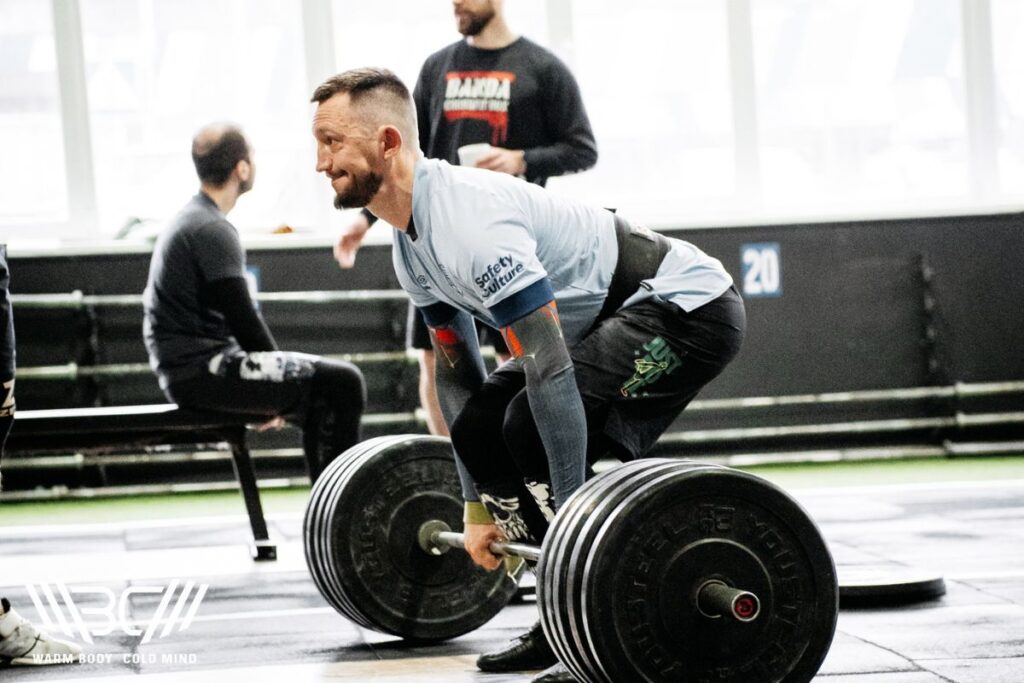
8. Break-in Period
Powerlifting belts take longer to break in than nylon or vinyl belts. Genuine leather can feel rough for the first few uses. The break-in period depends on the thickness and stiffness of the material. Also, the more you wear and tilt in a belt, the quicker it loosens up and adapts anatomically.
9. Price
Belts are a simple accessory. Selected fabrics and fasteners determine the ultimate price. Powerlifting belts rely on thicker materials and bigger buckles and thus tend to be more expensive than their weightlifting counterparts. Still, you can easily find a belt under $100 that lasts a lifetime.
Subscribe!
The latest reviews of must-have home gym training equipment, apparel, and supplements that will enhance your performance and bring you new results.
Powerlifting Belt vs Weightlifting Belt: Official Rules
Competitive lifters must keep an eye on the approved specifications and sellers by the relevant governing sporting body. Since these aids confer performance benefits, acclimating to their use is a necessity, not a luxury!
Requirements for Powerlifting Belts
See IPF Technical RuleBook 2021 for more details
- Made of leather or vinyl with prong/lever buckle
- Maximum 10 cm (4 inches) width and 13 mm thickness
- Tongue loop no wider than 5 cm and within 25 cm of buckle
- No additional padding or bracing
Requirements for Olympic Weightlifting Belts
See IWF 2020 Technical and Competition Rules & Regulations
- Maximum 12 cm (4.75 inches) width
- Must be worn over suit/singlet
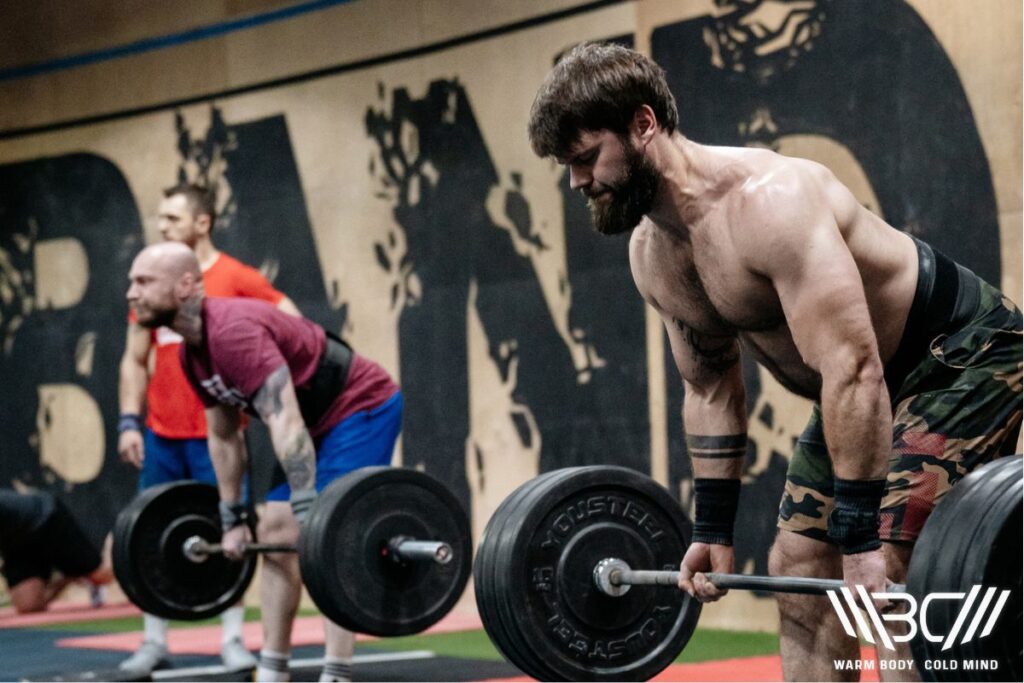
How to Choose the Right Lifting Belt?
A belt doesn’t add anything to the lift by itself. It merely wraps as a supportive wall to push your abdomen against, creating and maintaining intra-abdominal pressure. This truncal tension and tightness keeps the spine neutral, preventing excessive rounding and straining of the back. Hence, the magic is done by correct breathing and bracing technique, a.k .a. the Valsalva maneuver.
You must have thorough control over this practice before supplementing with belts. When you’re ready to up the ante, answering the following questions will help you decide whether to choose a weightlifting belt or powerlifting belt.

Pro Tip:
Belts should be worn exclusively during intense max-effort sets.
1. What Type of Activity Would You Perform?
Your training plans for the gym hugely affect your belt choice. In most cases, people are better off with a weightlifting belt as their first belt. It allows beginners and buffs to perform a variety of lifting tasks. Flexibility is the key if you want to assume deep positions in a snatch or clean.
To reap the best of both worlds, hunt for a tapered leather piece with a prong buckle. Nonetheless, pure powerlifting belts are a clear choice for those who demand the highest assistance for squats, deadlifts, and rows. These exercises are carried out at a slow and controlled pace while Olympic lifts simultaneously test your strength, speed, and technical skills.
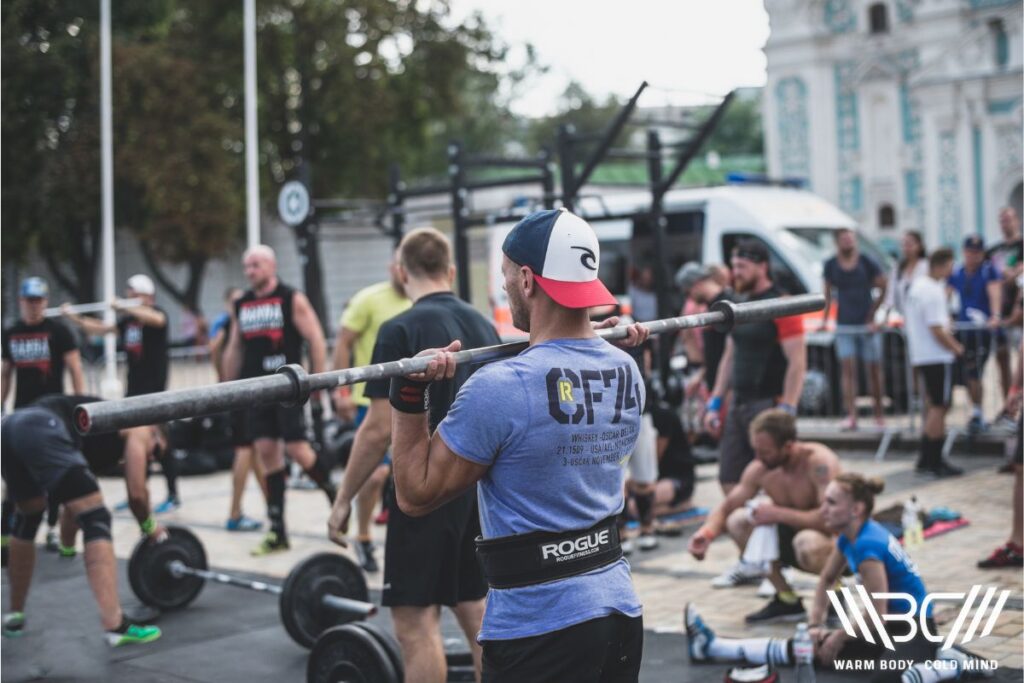
2. Do You Train to Failure With High Load or Volume?
There are two ways of progression: either you increase the load or reps. If you’re going with bigger weights every time, a powerlifting belt will ensure smooth execution. The heavier the weight you lift, the more control and support for bracing you must possess. You’ll be doing less than 5RM sets anyways.
On the other hand, weightlifting belts are more suitable for lengthy sessions. You’d lift reasonable weight for a crazy amount of repetitions. Cross-trainers, physique athletes, and bodybuilders like to walk this path.
3. Do You Need to Pay Extra Attention to Details?
If ordinary-sized belts don’t fit you, you may have to search for a little while. For instance, average 4-inch straps can be too uncomfortable for women and teens with tiny body frames, particularly because of a smaller rib-to-pelvis distance. In that case, you’ll thank finding an aggressively-tapered 3-inch speciality belt.
Similarly, the usage of belts is associated with a spike in blood pressure. It increases the risk of heart attack and stroke. Looks like back stress is substituted with an additional load on your cardiovascular system! These things should also be factored in, especially by exercisers who have gone through heart problems. Remember when we asked you to align your individual needs with product features?
Olympic Weightlifting Belt We Recommend – Warm Body Cold Mind Leather Belt
The Leather Weightlifting Belt by WBCM meticulously balances the flexibility needed for Olympic lifts and the stability warranted for heavy lifting. It’s made using A-grade genuine leather, 6 mm thickness, 4″ back support, tapered front, and a double-prong stainless steel buckle. There are six sizes, 28″- 52″, suitable for all fitness levels and goals.
Powerlifting Belt We Recommend – Flexz Fitness Belt
Flexz Fitness Powerlifting Belt is a go-to choice to ace your ‘Big Four’ records. Made with 10 mm pre-broken and triple-stitched leather, it’s virtually indestructible. Attach a steel lever buckle, and you’ve got reliable support for the toughest weight training tasks. Its five sizes cater for waists from 24″to 46″. The best part is Flexz’s lifetime warranty.
FAQ
Is There a Difference Between a Bodybuilding Belt vs Powerlifting Belt?
There are fundamental differences between the two. Powerlifters focus on brute strength – following high-load, low-rep schemes. However, bodybuilding is generally based on volume-based progression. Thus, bodybuilders use thinner and tapered weightlifting belts. The choice of getting a bodybuilding belt or powerlifting belt boils down to your preferred training style.
Research has found similar muscular adaptations in both disciplines, although powerlifting takes the lead in promoting maximal strength.
Can I Use a Powerlifting Belt in Weightlifting?
Powerlifting belts aren’t made to be flexible. You may have problems assuming a deep position in a snatch or clean. Moreover, powerlifting belts have 10-13 mm of thickness with bulged buckles. There is a risk of snagging the bar on its way up because weightlifters like to keep it as close to the body as possible. In short, you need a separate weightlifting belt for Oly lifts.
Are All Lifting Belts the Same?
Not all lifting belts are the same. They differ in their construction, dimension, and locking mechanism. Hence, the level of support and mobility varies. We tend to put them into either a weightlifting belt or powerlifting belt category.
Conclusion
The primary difference between a powerlifting belt vs weightlifting belt is rigidity. The former is made super-stiff to prevent unnecessary twisting and tilting of the torso while doing squats and deadlifts. Weightlifting belts are relatively light and pliant to allow seamless snatches, cleans & jerks.
Your training choices ultimately determine which type of belt suits you the best. Hope this article helped you figure it out. Are you getting a weightlifting belt or powerlifting belt? Let us know your decision in the comment section.
References:
- Shirley S. M. Fond, Louisa M. Y. Chung, Yang Gao, Jeff Chak Wai Lee, Tak Ching Chang, Ada W. W. Ma, “The Influence of Weightlifting Belts and Wrist Straps on Deadlift Kinematics, Time to Complete a Deadlift and Rating of Perceived Exertion in Male Recreational Weightlifters,” Medicine 101, no. 7 (2022): e28918.
- Kelsey Graham, “Spinal Stability: To brace or not to brace?,” ACE Fitness, https://www.acefitness.org/continuing-education/certified/november-2018/7120/spinal-stability-to-brace-or-not-to-brace/ (accessed December 18, 2023)
- Daniel A. Hackett, Chin-Moi Chow, “The Valsalva Maneuver: Its Effect on Intra-Abdominal Pressure and Safety Issues during Resistance Exercise,” Journal of Strength and Conditioning Research 27, no. 8 (2013): 2338-45.
- W. Rafacz, S. M. McGill, “Wearing an abdominal belt increases diastolic blood pressure,” Journal of Occupational and Environmental Medicine 38, no. 9 (1996): 925-7.
- Brad J. Schoenfeld, Nicholas A. Ratamess, Mark D. Peterson, Bret Contreras, G. T. Sonmez, Brent A. Alvar,” Journal of Strength and Conditioning Research 28, no. 10 (2014): 2909-18.
Author: Sergii Putsov
PhD in Sport Science, Olympic weightlifting, Strength & Conditioning coach and fitness expert
Sergii Putsov is a professional weightlifter with over 20 years of experience and multiple national medals. He was a member of the National weightlifting team, competing in the 94 kg weight class. Sergii holds a master’s degree in Olympic & Professional Sport Training and a Ph.D. in Sport Science. After his athletic career, Sergii transitioned into coaching and is now responsible for designing training programs, writing blog articles, providing live commentary for international weightlifting competitions, and hosting sport and fitness seminars worldwide.

